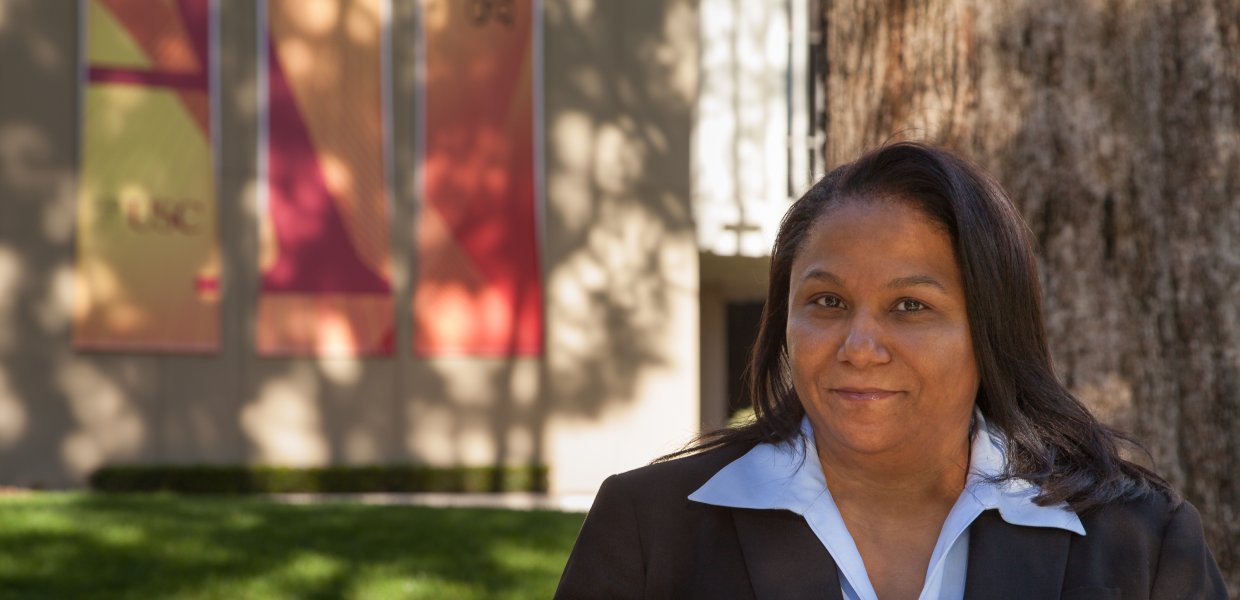Inside the classrooms at USC Annenberg, students are the ones typically tasked with answering the hard hitting questions. "Five Minutes with..." turns the table on faculty members to ask them the questions we've been itching to know the answers to.
New to Annenberg this year, Carmen Lee is a Clinical Associate Professor of Communication. Lee is passionate about seamlessly merging the fields of statistics and communication to provide her students with skills essential to understanding research.
In her ![]() COMM301L: “Empirical Research in Communication” class, Lee’s students learn about quantitative research methods and statistical procedures that are commonly used in communication research.
COMM301L: “Empirical Research in Communication” class, Lee’s students learn about quantitative research methods and statistical procedures that are commonly used in communication research.
Lee’s fields of expertise includes interpersonal communication, intercultural communication, quantitative research methods and statistics. Her most recent research studies includes coping with obsessive relational intrusion and stalking, attraction in initial interactions and the effect of study abroad programs on cross-cultural adaptation.
What inspired you to start teaching a class that merges statistics and communication?
I had a fantastic statistics teacher while I was studying as an undergraduate. After I took her course, I realized how many of my fellow communication students would say, “I became a communication major so I didn’t have to do math!” However, once I realized how integrated the two fields were, I was inspired to begin teaching a class that would make communication students more comfortable with numbers and research.
What do you think is most significant about the relationship between statistics and communication?
We depend greatly on statistics and numbers as a society, even though we often don’t understand them. In response, the overarching goal of my COMM 301L class is for my students to be able to examine an argument that includes numbers and be able to decide for themselves if it is a sound argument. This includes seeing if things could’ve been done better, and examining to what extent students agree with or follow the data presented. In other words, I want my students to question everything!
What makes you proud to be a professor at USC Annenberg?
The fact that Annenberg is a leader and so incredibly progressive. It makes me proud to think that I could be a part of cutting edge and new developments without the restriction of possibility.What is the one piece of advice you would give to USC Annenberg students looking to start a career in celebrity branding?
Do you have any primary goals in mind for your next few years at Annenberg?
Get to know your professors and participate in research studies or internships that allow you to practice your career path of interest. This is because often the ideal of careers can make students think they want to pursue it but they will not truly know until they gain actual day-to-day experience.
Are you working on any major projects or looking forward to starting any work outside of the classroom?
A project I’m interested in starting here is examining tourism, especially ethnic minority tourism. Specifically, looking at the factors which influence why certain minorities may not travel to foreign countries and what becomes the deciding factor for them to travel to specific countries. In addition, I would like to examine how traveling to a different country can free students of ethnic minority from limiting ethnic identifications to a more malleable cultural identification.

